React Native vs Native:…
React Native vs Native: Which One To Choose For Your Mobile App Home > Insights > Mobile Development Table of Content Key Factors Summary Why React Native is a Better…
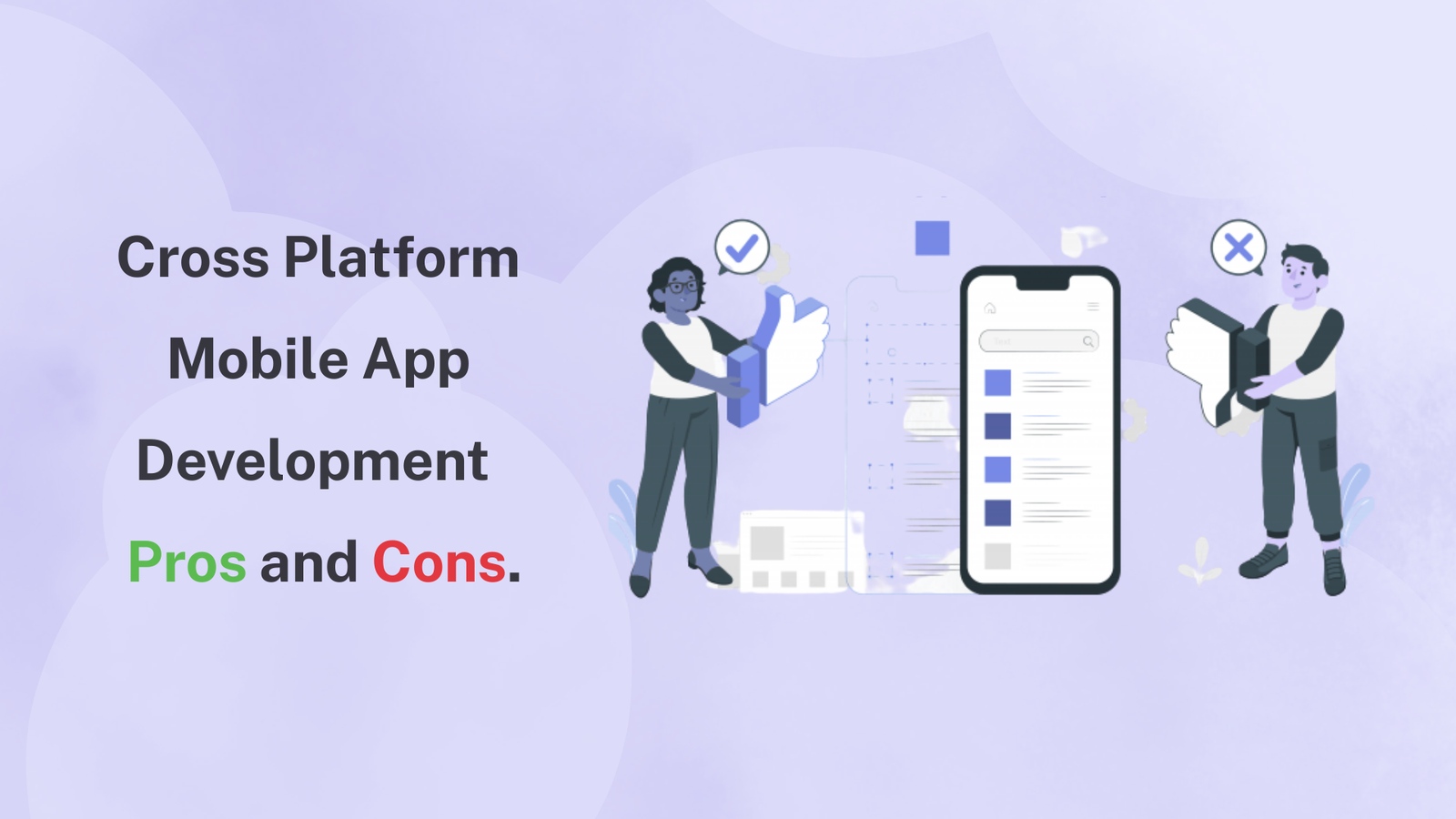
In today’s digital-first world, businesses need mobile applications that can run smoothly across iOS and Android. Instead of building separate native apps, many companies now turn to cross-platform mobile app development services to deliver feature-rich apps faster and at a lower cost.
This approach has become a game-changer, especially for startups and enterprises that want to maximize their reach with minimal investment.
Cross-platform mobile app development refers to the process of building applications that work on multiple operating systems from a single codebase. With cross-platform app development frameworks like Flutter, React Native, and Xamarin, developers can write code once and deploy it across different platforms seamlessly.
Compared to native app development, where separate codebases are required for iOS and Android, cross-platform offers greater efficiency and flexibility.
Businesses today demand speed, scalability, and cost-efficiency. By choosing cross-platform app development services, companies can:
While there are major benefits, businesses must also consider the challenges of cross-platform application development:
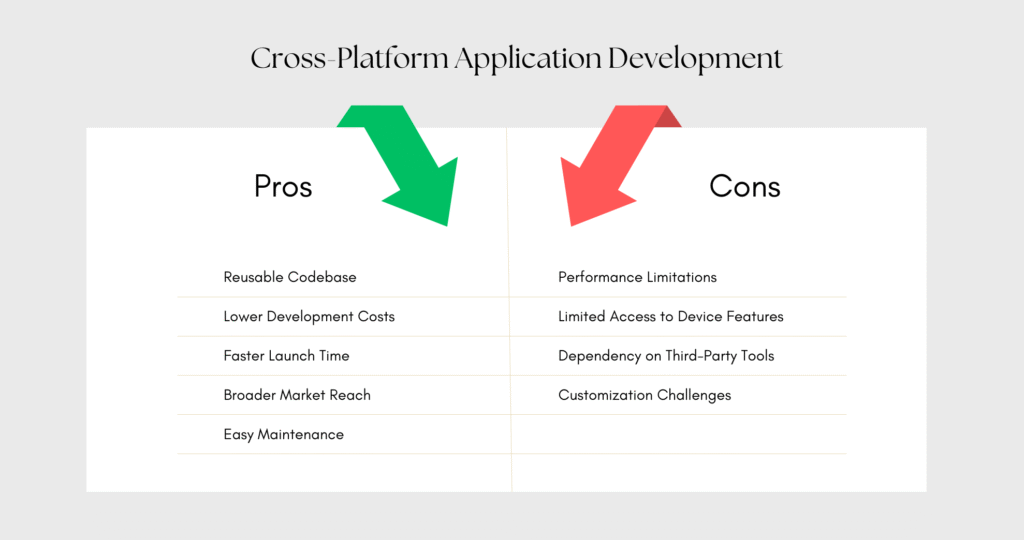
| Feature | Native Development | Cross-Platform Development |
|---|---|---|
| Codebase | Separate for iOS & Android | Single, reusable |
| Performance | High (optimized) | Moderate to High (depends on framework) |
| Cost | Higher | Lower |
| Time-to-Market | Slower | Faster |
| Access to Device Features | Full access | Limited or requires plugins |
Several cross-platform mobile development frameworks power today’s most successful apps:
Selecting the right cross-platform mobile app development company is critical. Look for companies that:
The demand for multi-platform mobile application development is set to grow as businesses prioritize cost savings, faster delivery, and wider reach. With the rise of advanced frameworks and cloud integration, the gap between native and cross-platform performance is narrowing.
Technologies like AI, AR/VR, and IoT are also becoming integral, making cross-platform mobile development services even more valuable in the future.
Cross-platform mobile app development is no longer just a trend – it’s a necessity for businesses that want to scale quickly and cost-effectively. While native development still has an edge in performance-heavy apps, the balance of speed, cost, and reach makes cross-platform an attractive choice.
By partnering with the right cross-platform application development company, businesses can leverage the full potential of cross-platform mobile app development services to deliver high-quality apps across devices and platforms.
RELATED SERVICE
Know More about Mobile App Development Services
React Native vs Native: Which One To Choose For Your Mobile App Home > Insights > Mobile Development Table of Content Key Factors Summary Why React Native is a Better…
React Native vs Flutter vs MAUI: Which Framework to Choose for Your Next Mobile App Development? Home > Insights > Mobile Development Table of Content Introduction A Short Introduction to…
Cross Platform Mobile App Development – Pros and Cons. Home > Insights > Mobile Development Cross Platform Mobile App Development Pros and Cons. Home > Insights > Mobile App Development …
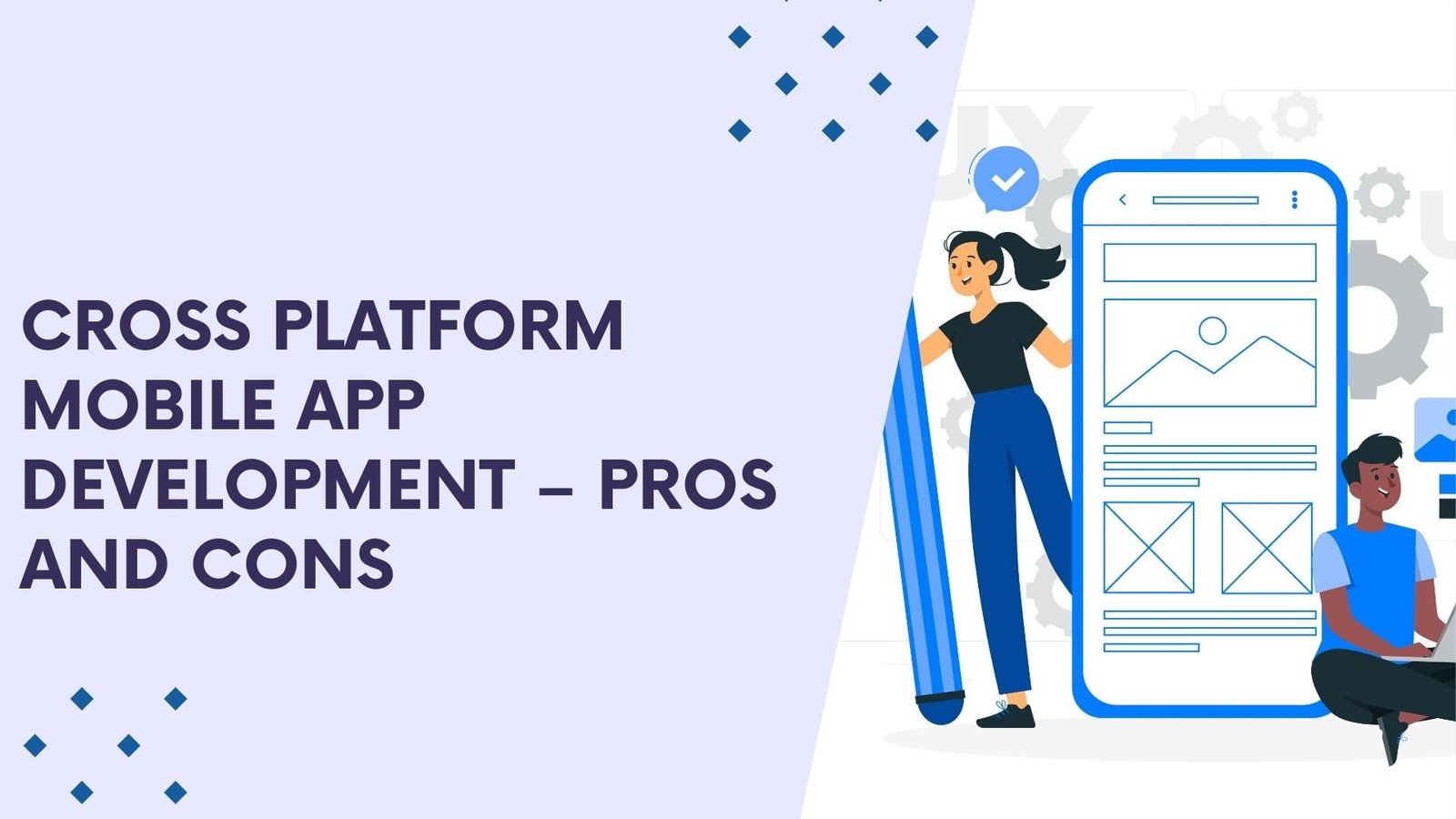
A Comprehensive Guide to Cross-Platform Mobile App Development
In the ever-evolving landscape of mobile app development, businesses and developers constantly seek ways to build applications efficiently and cost-effectively. Cross-platform mobile app development emerges as a compelling solution, allowing developers to create apps that run seamlessly on multiple operating systems, such as iOS and Android, without the need for separate codebases. This article delves into the core concepts, benefits, challenges, and tools associated with cross-platform mobile app development, helping you make an informed decision for your next project.
Understanding Cross-Platform Mobile Development
Cross-platform mobile development enables the creation of mobile applications that operate on various platforms from a single codebase. Instead of writing unique code for each operating system, developers leverage cross-platform frameworks to develop apps that function uniformly across different devices. This approach offers numerous advantages, such as efficiency, cost savings, and a consistent user experience.
Core Concepts of Cross-Platform Solutions
Native vs. Cross-Platform: A Comparative Analysis
Choosing between native and cross-platform development involves understanding the strengths and limitations of each approach.
Native Development:
Cross-Platform Development:
Pros and Cons of Cross-Platform Development
Advantages:
Challenges:
Popular Cross-Platform Tools and Frameworks
Effective Tools for Testing Cross-Platform Apps
Ensuring consistent functionality and appearance across platforms requires comprehensive testing. Tools like Appium, Ranorex, and CrossBrowserTesting facilitate testing by providing environments to check apps across various devices, browsers, and operating systems.
Making an Informed Decision
Deciding whether to pursue cross-platform or native development depends on your project’s specific requirements. Cross-platform development is ideal for businesses looking to reach a broader audience quickly and cost-effectively. However, if your app demands high performance and extensive use of platform-specific features, native development may be the better choice.
In conclusion, cross-platform mobile app development offers a strategic approach for businesses aiming to maximize their reach and efficiency. By understanding the core concepts, benefits, and challenges, you can make an informed decision that aligns with your long-term goals and audience needs. Whether you choose cross-platform or native development, the key is to focus on delivering a high-quality user experience that resonates with your target audience.
RELATED SERVICE
Know More about Mobile App Development Services
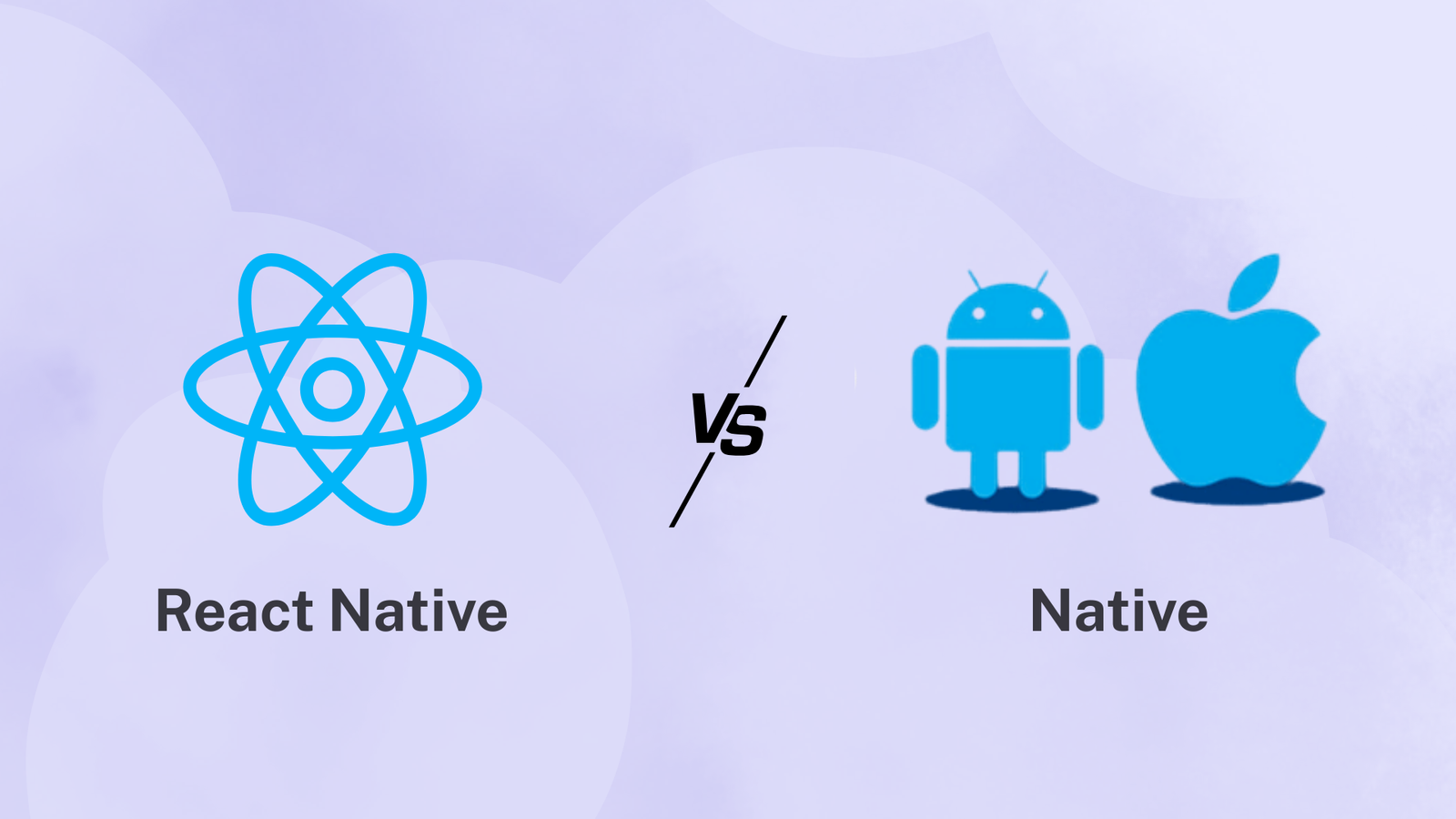
React Native vs Native: Which One To Choose For Your Mobile App Home > Insights > Mobile Development Table of...
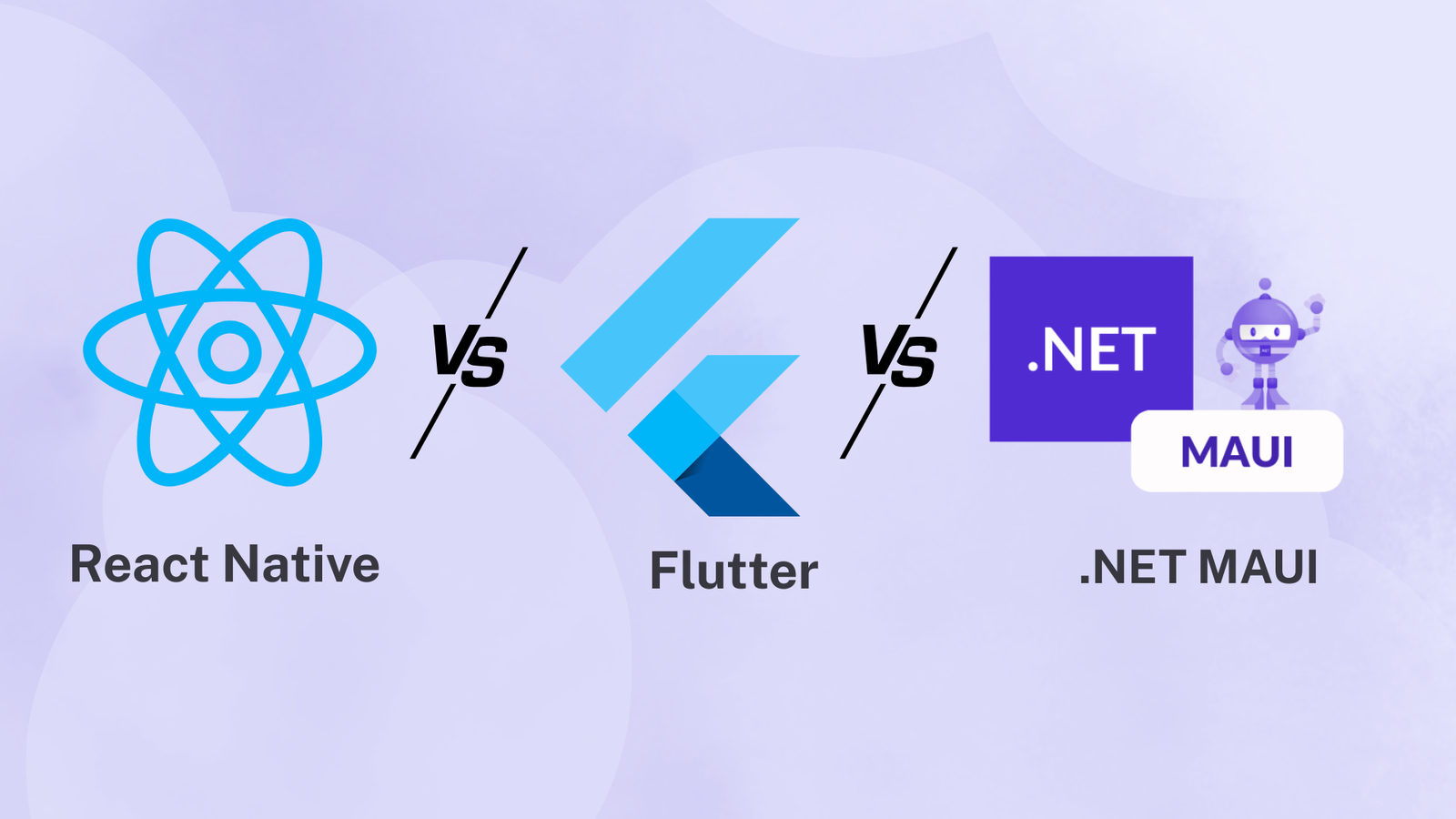
React Native vs Flutter vs MAUI: Which Framework to Choose for Your Next Mobile App Development? Home > Insights >...

Cross Platform Mobile App Development – Pros and Cons. Home > Insights > Mobile Development Cross Platform Mobile App Development...